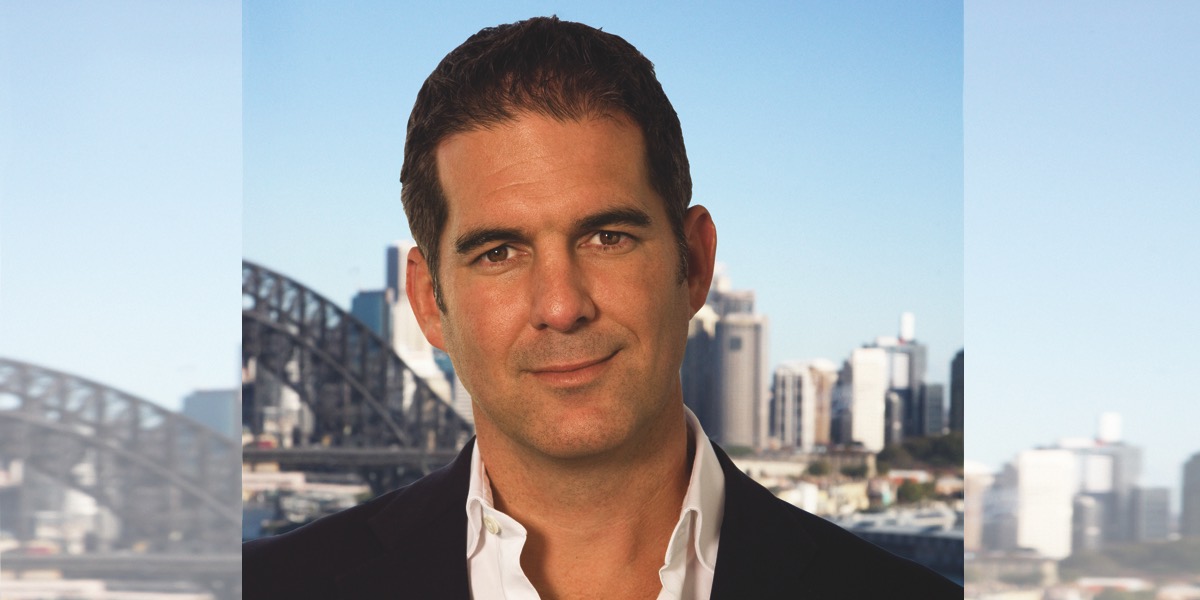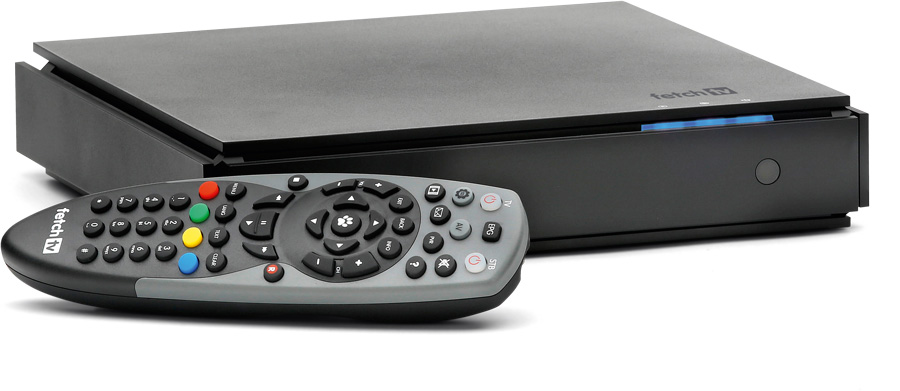• The pay television provider isn’t chasing after Foxtel’s customers – it has greater ambition
Last year Fetch TV finished the year with just 200 subscribers shy of 300,000. Its tracking has it expecting to double that by the end of 2016. It’s a high subscriber count for a pay television service perceived to be travelling under the radar.
The obvious assumption that most people would have is that Fetch TV has Foxtel, the largest subscription television provider in the Australian market, firmly in its sights.
Not so, insisted Fetch TV chief Scott Lorsen (pictured): “We’re not going after existing Foxtel customers. We’re going after the six and a half million homes in Australia that, after 20 years, have elected that that’s not the right proposition for them. They seem to be pretty happy with the free-to-air proposition. They might be using Netflix, or downloading movies, or doing a range of things. What we do is give them a single platform that makes it all easy to do in one place.”
With an ever-increasing number of subscribers, Lorsen is positive that the company’s ambition to be a one-stop platform solution for subscribers’ entertainment needs will continue to drive high uptake: “I would not be surprised if by the end of the year, we are the second-largest pay TV platform that Australia has ever had. Bigger than Optus Vision ever got, bigger than Austar ever got. Clearly we have aspirations to get to a million and past a million. There is no reason to believe, based on our momentum, that that’s not an achievable result.”
A major subscription driver is expected to be the addition of the English Premier League to the service. Where Fetch has always sought out content for its service, in this instance it was Optus leveraging its relationship with Fetch and using it as a delivery platform for its own content acquisition.
Optus has been clear that the EPL will not be a Fetch TV asset, but rather will serve as an exclusive value add-on for its mobile and broadband customers, offering it through Fetch as part of its branded Optus TV product.
“The deal was done by them. It will be available on Fetch TV as they’ve announced, for Optus customers. If you get your Fetch TV from Optus, then you’ll have access. They haven’t announced pricing. Again, they will be communicating all those plans,” Lorsen explained.
UPDATE: Since this interview, Optus have revealed pricing detail
The Fetch TV proposition differs from competitors like Foxtel. Where Foxtel is built on the idea of subscribers starting with a base package of channels and then building on top of that with other channel packages, Fetch TV instead offers just the one channel pack. In addition, Fetch TV users can use the set-top box to subscribe to foreign language linear channels, access SVOD services like Netflix and Stan, access the broadcast networks’ catch-up services, or buy TV shows and movies. Neither Presto nor advertising video on demand (AVOD) service 9Now is yet available on Fetch TV, but they are believed to be coming.
“We’re in discussions with Presto and it would be a realistic expectation that they will be on the platform. When you’re talking about AVOD, we’ve integrated four of the five free-to-airs with the fifth about to join,” Lorsen reported.
Foreign language content, which is largely under-served by Australian media companies, has been a key focus for Fetch TV with linear channel packs offered. The company won’t be looking to add any foreign language on-demand content any time soon. Lorsen explained that “there’s an enormous appetite for foreign-language channels. Absolutely we intend to be the platform of choice for all the major communities. Our Hindi pack will be expanding to 28 linear channels on 1 May. With the PVR, the customer can go in there and record anything they like. The pricing of that will be $15.
“If we were trying to acquire the content that is on those 28 channels on an on-demand basis, we would never be able to charge $15. Sometimes we’re able to deliver better value and better programming by offering linear channels with the ability to time-shift rather than trying to assemble thousands of hours of on demand. There are starting to be some services emerging overseas that are trying to be the Netflix of different foreign language communities. As those become credible and have compelling content, we absolutely will take the same approach with them as we have Netflix, Stan, or potentially Presto and just integrate them into the platform.”

